A Fitness App Revolution: The Impact of HealthKit and Google Fit in 2024
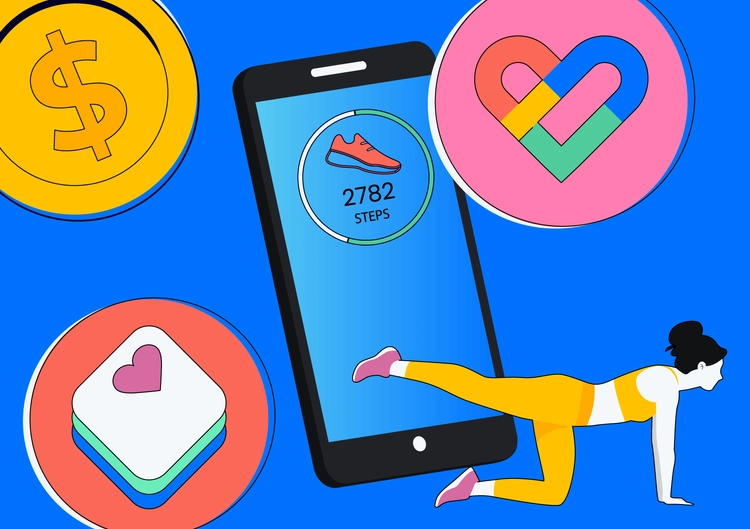
The rise of fitness apps in recent years reflects a global shift towards prioritizing health and wellness. These applications cater to a diverse audience seeking convenient and personalized solutions to monitor their fitness goals, nutrition, and overall well-being.
However, to take these fitness apps to the next level and provide users with comprehensive and seamless experiences, integrating with robust health and fitness platforms like HealthKit and Google Fit is crucial.
In this article, we shed light on how leveraging the APIs of HealthKit and Google Fit can significantly enhance fitness apps. We’ll explore the unique capabilities of these platforms, delve into the benefits they offer for users and developers, and showcase how this integration is reshaping the fitness app landscape.
Table of contents
- A Closer Look at HealthKit and Google Fit
- Unveiling the Benefits: The Positive Impact of HealthKit and Google Fit
- HealthKit and Google Fit: Understanding the Key Differences
- Types of Data Vital for HealthKit and Google Fit
- Key Privacy Considerations Associated With Google Fit and HealthKit
- Summing up
- FAQ
A Closer Look at HealthKit and Google Fit
HealthKit and Google Fit are leading platforms revolutionizing how we approach health and fitness, each tailored to its respective operating system.
HealthKit, crafted by Apple, is a robust framework designed to centralize health data on iOS devices. It acts as a secure repository, collecting health-related information from various sources like wearable devices, third-party apps, and even manual input from users. This wealth of data, covering fitness metrics, nutrition, vital signs, and more, becomes readily accessible to authorized apps, forming the cornerstone for comprehensive fitness app development in Apple’s ecosystem.
On the Android front, Google Fit serves a similar purpose, offering a versatile platform for collecting, storing, and managing health and fitness data. Developed by Google, this platform seamlessly integrates with Android devices and other wearables, consolidating information on users’ physical activities, heart rate, sleep patterns, and nutrition. Google Fit empowers fitness app developers to leverage this valuable data through its APIs, allowing for the creation of fitness applications that can offer users personalized workouts, goal tracking, and targeted health insights, thereby enhancing their fitness journey on the Android platform.
Using Google Fit or Apple Healthkit APIs significantly contributes to fitness app development, enabling developers to deliver innovative and effective solutions that cater to the individualized needs of users based on their preferred mobile ecosystem.
Read also: What it Takes to Make a Custom Fitness App: 2024 Complete Guide
Unveiling the Benefits: The Positive Impact of HealthKit and Google Fit
HealthKit and Google Fit, two of the most prominent health and fitness platforms, offer excellent benefits that elevate the user experience and enhance app development for the fitness industry.
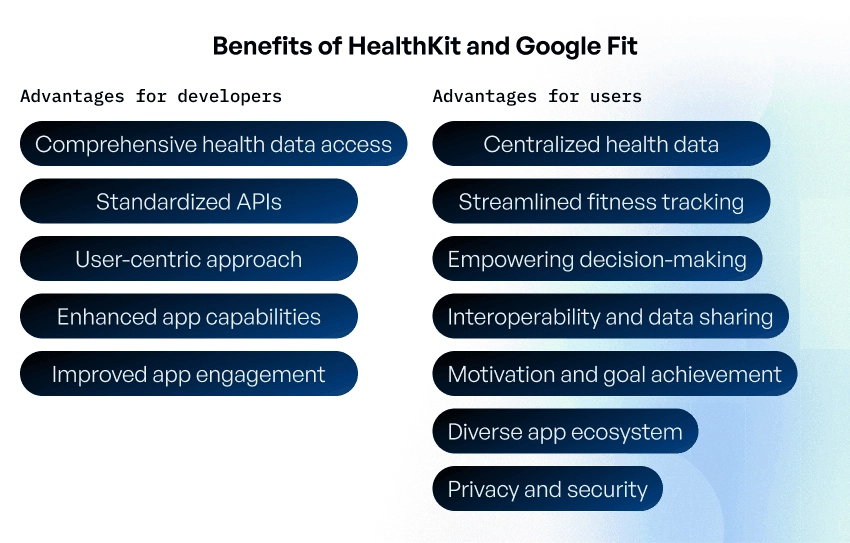
First, let’s explore the benefits of HealthKit and Google Fit for developers:
Comprehensive health data access
HealthKit and Google Fit frameworks provide access to various health and fitness data, consolidating information from various sources like wearables, sensors, and third-party apps. This wealth of data enables developers to create feature-rich fitness apps with comprehensive insights.
Standardized APIs
Both platforms offer standardized APIs, simplifying the integration process for developers. This standardization streamlines development efforts, saving time and resources while ensuring app consistency and reliability.
User-centric approach
By leveraging HealthKit and Google Fit, developers can offer a user-centric approach, tailoring app experiences based on an individual’s health data. This allows for personalized workout recommendations, goal setting, and optimized fitness plans, enhancing user engagement and satisfaction.
Enhanced app capabilities
Integrating with HealthKit and Google Fit frameworks elevates the capabilities of the fitness and health app. Developers can offer features like accurate health tracking, customized analytics, and insights based on the user’s fitness data, resulting in a more robust and valuable app.
Improved app engagement
The seamless integration of health data encourages increased app engagement. Users are more likely to actively use and interact with the app when it provides meaningful insights and helps them track their health and fitness progress.
Utilizing Apple Healthkit and Google Fit brings a multitude of benefits to users, enhancing their health and fitness journey in a variety of ways:
Centralized health data
HealthKit and Google Fit act as centralized repositories, offering users a single location to aggregate and access all their health and fitness data. This simplifies monitoring and management, providing a comprehensive view of their well-being.
Streamlined fitness tracking
Users can easily track their physical activities, heart rate, sleep patterns, nutrition, and more within a unified platform. This streamlined tracking allows for a more efficient and organized monitoring of their fitness goals.
Empowering informed decision-making
A consolidated and detailed view of health data empowers users to make informed decisions about their lifestyle, exercise routines, and dietary choices. It fosters a deeper understanding of their overall health and encourages healthier practices.
Interoperability and data sharing
HealthKit and Google Fit’s integration capabilities allow users to share their health and fitness data with various apps seamlessly. This interoperability enriches the user experience by enabling them to use multiple apps while ensuring all their data is accurately integrated and utilized.
Motivation and goal achievement
Users can set fitness goals and track their progress over time, providing a sense of accomplishment and motivation to stay on track. The ability to visualize progress encourages sustained efforts toward achieving desired health milestones.
Diverse app ecosystem
Integrating HealthKit and Google Fit opens up a vast array of compatible fitness apps to users. They can choose from various applications that align with their fitness objectives, preferences, and routines.
Privacy and security
Both platforms prioritize user privacy and data security. Users can trust that their sensitive health information is handled securely, enhancing confidence and encouraging the utilization of these platforms for their health management needs.
In essence, HealthKit and Google Fit significantly enhance fitness apps’ development and user experience by providing a standardized, user-centric, and data-rich environment. These platforms are instrumental in shaping the future of health and fitness technology, empowering both developers and users to prioritize and achieve their health goals.
HealthKit and Google Fit: Understanding the Key Differences
Both platforms offer powerful APIs and frameworks to facilitate data collection and management, but they have distinct features and functions that set them apart. Let’s explore the key differences between HealthKit and Google Fit, highlighting the nuances developers and users should consider:
Platform and development environment
HealthKit is specific to the iOS ecosystem, making it ideal for developers targeting Apple devices. It is primarily integrated using Swift and Objective-C, the primary programming languages for iOS development. On the other hand, Google Fit is designed for Android, employing Java and Kotlin as the primary development languages, catering to the Android platform.
Integration ecosystem
HealthKit is tightly integrated into the iOS and Apple ecosystem, limiting its use primarily to iOS devices. In contrast, Google Fit extends its reach to a wide range of Android devices and wearables, allowing for a broader user base and diverse device compatibility.
Privacy сontrols
HealthKit emphasizes stringent privacy controls, allowing users to provide granular permissions for each data type an app accesses. Google Fit also prioritizes user privacy, enabling users to control the app’s permissions to access health and fitness data.
Read also: Custom Telemedicine App Development: The Ultimate Guide
Integration flexibility
HealthKit is more limited regarding integration flexibility as it is designed exclusively for iOS devices. On the other hand, Google Fit offers integration across the Android ecosystem, allowing a broader scope of apps and wearables to interact with the platform seamlessly.
Data access
HealthKit enforces stricter rules on how apps can access and utilize health and fitness data, ensuring secure storage and usage. Google Fit, while also focusing on security, provides relatively more flexible data access, catering to the varied needs of developers.
User base
The user base for HealthKit is primarily iOS users, potentially constituting a smaller user pool than the vast Android user base that Google Fit caters to. Developers should consider their target audience and platform preferences when choosing between them.

Understanding these critical differences between Google Fit & Healthkit is crucial for developers to decide which platform aligns best with their development goals and target user base. Whether focusing on iOS or Android, selecting the proper health and fitness data integration platform is essential for delivering a seamless and user-centric experience within the app.
Types of Data Vital for HealthKit and Google Fit
HealthKit and Google Fit APIs require various health and fitness data types to enable comprehensive integration within fitness applications.
HealthKit, primarily designed for iOS devices, requires data related to various health and wellness aspects. This includes heart rate, steps, distance walking or running, sleep analysis, body measurements, workouts, vital signs, reproductive health, and environmental factors. HealthKit provides a comprehensive framework for aggregating and managing a broad spectrum of health-related data, allowing developers to create apps that offer an extensive and personalized health experience for users in the iOS ecosystem.
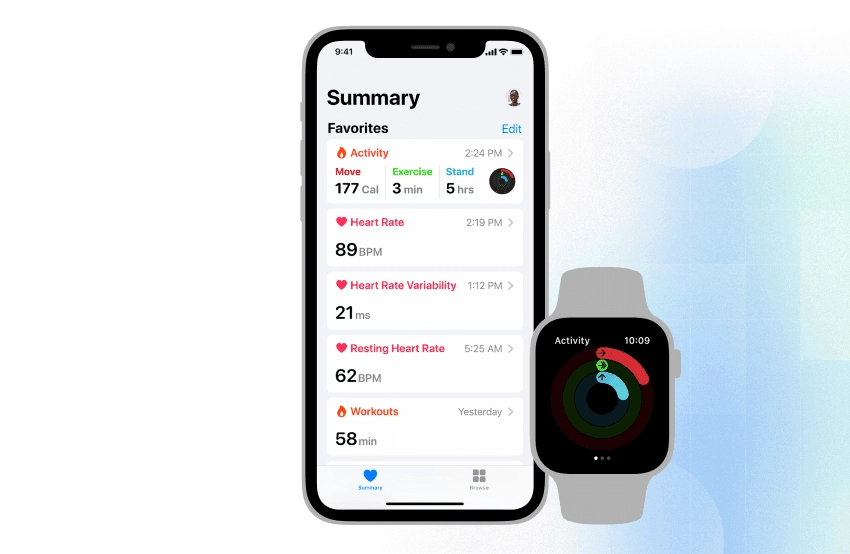
Google Fit, tailored for the Android platform, also demands a diverse fitness and health data range. This encompasses steps, heart rate, weight, activity duration, distance, calories burned, sleep data, and exercise sessions. Google Fit aims to aggregate and organize this information, enabling developers to design applications that offer insights into a user’s physical activities and overall health. By collecting this multifaceted data, developers can tailor their apps to provide personalized recommendations and motivate users to stay active and maintain a healthy lifestyle.
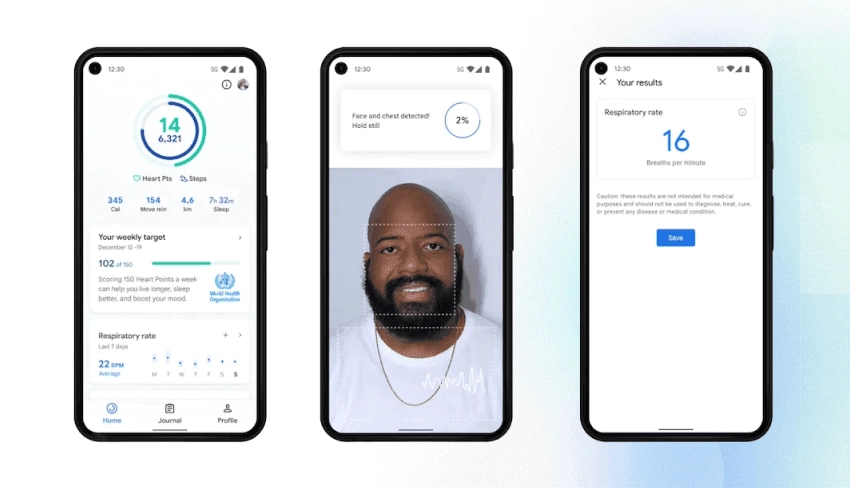
Both HealthKit and Google Fit APIs emphasize the importance of gathering a broad spectrum of health data to create robust and user-centric fitness applications. By harnessing this rich tapestry of information, developers can craft apps that cater to individual needs, helping users monitor and improve their health and wellness effectively.
Key Privacy Considerations Associated With Google Fit and HealthKit
Prioritizing security is paramount when developing apps that interact with users’ health and fitness data.
Google Fit, developed by Google, emphasizes transparency and explicit consent, ensuring that users clearly understand the health and fitness data being collected and how it will be utilized. The platform grants granular permissions, enabling users to have fine-grained control over which applications can access specific health data categories.
Additionally, Google Fit often leverages data anonymization and aggregation techniques, prioritizing the privacy of individual users while still allowing valuable insights to be derived from collective data.
Before using Google Fit for fitness apps, we recommend a thorough review of the Google Fit Terms and Conditions for your understanding and compliance.
On the other side, HealthKit, an Apple creation, shares a parallel commitment to privacy. It enforces strict security measures, ensuring data encryption and storage are carried out securely on the user’s device. Users maintain control, permitting or denying access to various health data types, underlining the importance of informed consent.
Before using Healthkit for fitness apps, we recommend thoroughly reviewing the Apple Guidelines to ensure a smooth integration.
Here’s a table summarizing the critical privacy and security considerations associated with Google Fit and HealthKit:
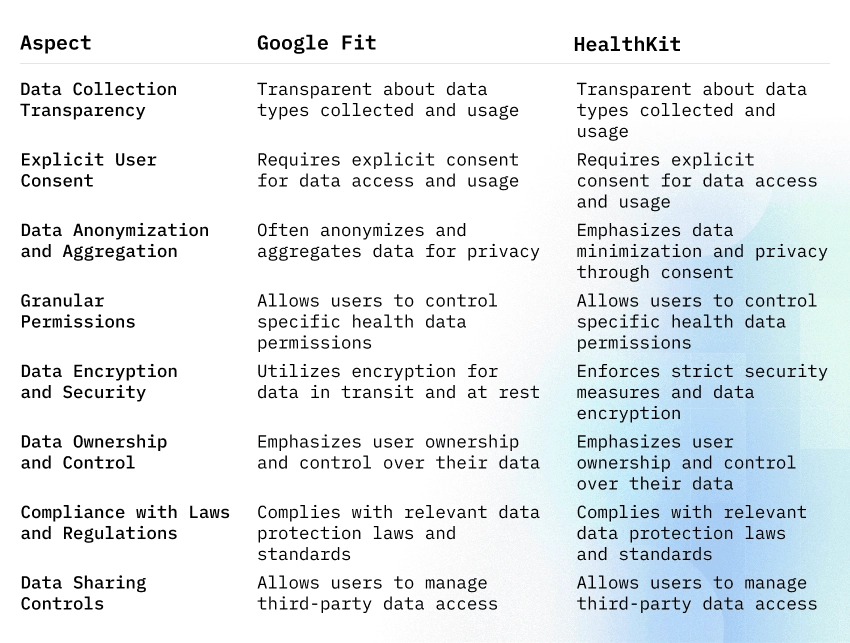
Google Fit and HealthKit prioritize user privacy and security, ensuring transparency, consent, and control over health data. They employ encryption, data minimization, and compliance with privacy regulations to safeguard user information. Users can trust these platforms to handle their health and fitness data responsibly, respecting their privacy choices and preferences.
Summing up
As technology continues to evolve, the integration of HealthKit and Google Fit will undoubtedly play a pivotal role in shaping the future of fitness applications, bringing people closer to their health and wellness goals in an increasingly digitized world.
HealthKit and Google Fit offer many health and fitness data types, enabling comprehensive and personalized fitness application creation. Their emphasis on user privacy, data security, and compliance with privacy regulations further solidifies their position as industry leaders.
If you’re eager to harness the potential of HealthKit and Google Fit to revolutionize your fitness app and empower users on their health journey, we’re here to help. Our experts are ready to guide you through the integration process and create a tailored solution that suits your fitness app goals.
FAQ
- Are there privacy considerations when using HealthKit and Google Fit for fitness app development?
Yes, privacy is a significant concern. Both HealthKit and Google Fit prioritize user privacy by allowing users to control what data is shared and with whom. Developers must adhere to privacy guidelines and obtain user consent before accessing or storing health-related information.
- Can fitness apps use both HealthKit and Google Fit simultaneously?
Yes, fitness apps can utilize both HealthKit and Google Fit simultaneously. Developers can design apps to collect and sync health and fitness data with both platforms, ensuring compatibility for a broader user base across iOS and Android devices.
- What data types can be collected and managed using HealthKit and Google Fit?
HealthKit and Google Fit can collect various health and fitness data, including steps taken, heart rate, burned calories, sleep patterns, workout sessions, nutrition information, etc. These platforms allow a holistic view of an individual’s health and fitness progress.
- Are there costs associated with using HealthKit and Google Fit for fitness app development?
Both HealthKit and Google Fit provide APIs and tools for free to developers. However, depending on the scale and usage, there might be associated costs with data storage, usage limits, or additional features. Reviewing each platform’s pricing structure to understand potential costs is essential.
- Can third-party devices and apps integrate with HealthKit and Google Fit?
Yes, HealthKit and Google Fit are designed to integrate with various third-party devices and apps. This integration expands the ecosystem, enabling users to consolidate their health and fitness data from various sources into a comprehensive view within these platforms.
Content created by our partner, Onix-systems.
Source: https://onix-systems.com/blog/healthkit-and-google-fit-for-fitness-apps Home
Home